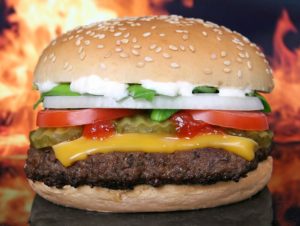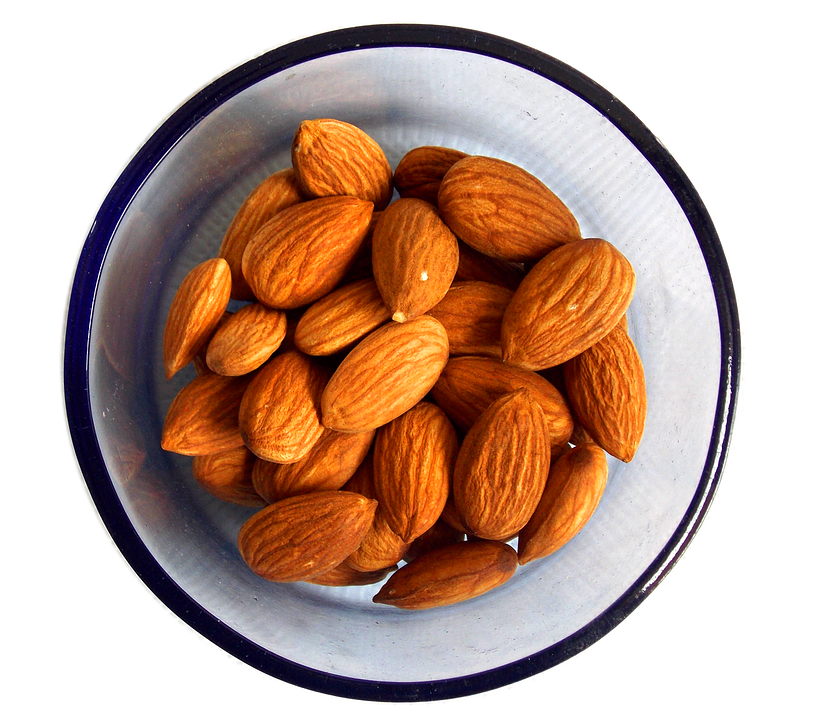Nut 101 (Review–Part 2) FATS!
Last week, in the initial post of this basic Nutrition Review series, we had a brief review of proteins and carbohydrates .
This week we’re focusing on fats.

Oh, my–that’s a four letter word, but in a nice way…
What?
Yes, fats are an essential part of our daily diet. BUT…(there’s always a but, isn’t there?), we need to be very careful with two issues:
- What kind of fats are we we eating?
- How much fat are we consuming?
First, let’s talk about why we need fats.
Fats provide energy (after carbohydrates, fats are our secondary source of energy). Fats help the body store and use vitamins. Fat soluble vitamins (this means we must have adequate fat to use these vitamins) are Vitamins A, D, E, and K. (We’ll talk about Vitamins next week.)
Fats also serve to cushion our internal organs (but, too much cushion–as in being overweight or obese, is dangerous rather than healthy).

One gram of fat has nine calories. If you recall from last week, both protein and carbohydrates have four calories per gram. The difference in this density of calories in fats can help us understand why too much fat makes us fat (no pun intended). We should consume about 30 to 35% of our daily intake of calories as fats, primarily from healthier, unsaturated fats (see below for difference).
Two types of fat:
- Saturated fat comes from dairy, meat, and poultry. Saturated fat is solid at room temperature and, when consumed by humans, contributes to higher levels of LDL (the bad kind) cholesterol in the body. Lowering consumption of saturated fats can reduce cholesterol and lessen our risk of heart disease.
- Unsaturated fat comes from plant products and fish. This fat is usually liquid at room temperature. Polyunsaturated fat comes from sunflower, corn and soybean oils. Monounsaturated fat come from olive oil and canola oil. Any of these sources of fat is considered healthier than saturated fat from animal products.
One more important note–Trans fatty acids are produced when polyunsaturated oils have been hydrogenated. This is in processed foods (such as cookies). You’ll need to read food labels to avoid this unhealthy fat.
So…if saturated fat is our “good” fat. What should we eat?

Remember, the healthier sources of fat are going to be plant based. Nuts and seeds are good choices, as is fish (not fried). As always, keep in mind portion sizes. Those nine calories per gram add up fast! Sadly, the ice cream and cheeseburger pictured above are not healthy choices and should be consumed sparingly, rather than part of our regular diet.
For more details on choosing which fats to eat, please review this blog focusing on healthy fats.
Wishing you healthy eating, my friends! Try to choose those healthy fats.
